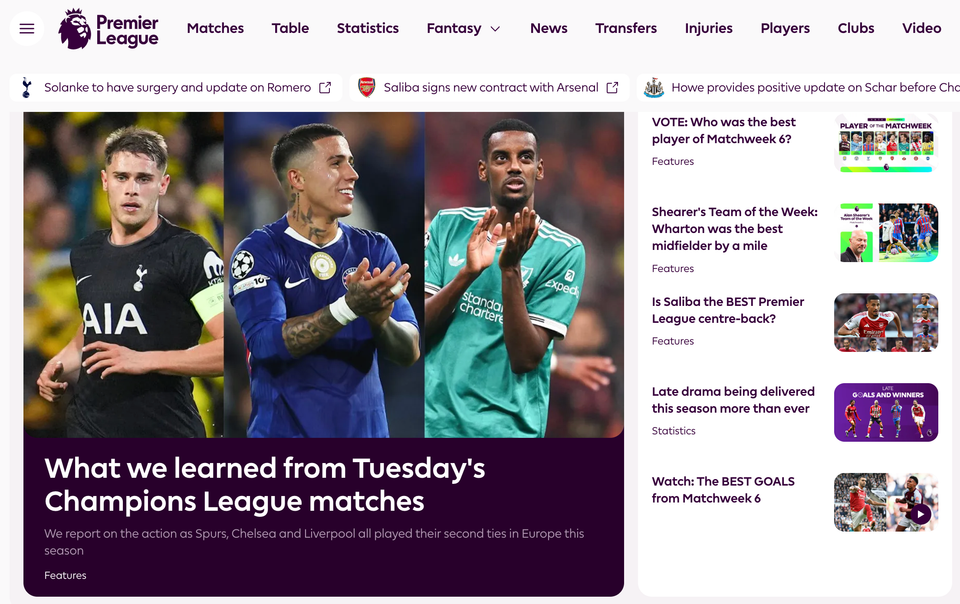Coming to a Country Near You, Contactless Mobile Payment Trials
Tim Sills is based out of Southern California and one of his bags is mobile payments. He’s got quite a bit of experience in the category so I asked him to write an overview of where we are in the marketplace from his perspective. Here we go. Tim, over to you:
– – – – –
At the beginning of the week we heard that MasterCard had just initiated a contactless payment trial in Canada using near field communications (NFC). And now it was just announced that Visa was testing the waters down under with its own contactless payment trial in Australia. Inexplicably, both card brands are doing the trial for 3 months and on a very limited scale. In Australia’s case, 12 merchants will enable the contactless process for up to 200 consumers.
As many know, this contactless stuff isn’t anything new and was considered to be the best thing to come along since sliced bread a few years ago, at least for the payment card ecosystem. I had the opportunity to work with a major US bank several years ago as they closely followed another NFC trial done at a major US sports arena. Yes, the trial word was just as contagious then as it is now. But this major US bank said they didn’t want to innovate and be out front of the curve and was only trying to keep a finger on the alternative payment methods’ pulse. I likened it to the ‘me too’ crowd…where if a competing bank was to offer a similar solution then they could quickly announce Me Too, I offer this service as well.
But I think the reason for all these trials come down to two key problem areas. First, I suspect the results have been inconsistent. While the headlines blare SUCCESS, the back channel discussions have at times indicated low adoption. I wonder who exactly is participating in these trials and what were the selection criteria? Is it a matter of just having the right model phone and carrier and you’re in? Does the screening process actually take into consideration how integrated into your life your mobile is? Maybe I’m stepping out on a thin limb, but I’d venture to say a good number of the early participants probably didn’t do much with their mobile beyond voice and probably never text messaged. Hence, are they likely to reach for their phone or simply fall back on what’s comfortable and known?
The other problem area is from the merchant perspective. If a consumer has come in to make a purchase, what incremental revenue will they see because of the added convenience of contactless versus a swipe? It certainly means increased revenue for the card brands cause the convenience factor is now between digging for cash or simply swinging your phone, which you probably already have in your hand.
Furthermore, merchant support of the NFC technology would require an upgrade of point-of-sale terminals. I coincidentally happen to perform Payment Card Industry (PCI) security assessments that call for the review of a merchant’s payment transaction environment. The process is extensive and is both time consuming and costly for the merchant. With the tightening of corporate belt buckles and faced with mandatory compliance costs, I’ll creep even further out on that thin limb and say the acquisition and deployment of several thousand additional terminals is going to be pretty much at the bottom of a CFO’s to-do list.
So while the payment ecosystem would love to see a bump in transaction volume and as much as I’d like to contribute to that increase, until the merchants can offset the additional expenses with increased opportunity revenue… we’ll probably see many more trials to come.
– – – – –
Alas, Tim — I think you’re right. Indeed, the example of the bank rolling out a ‘limited’ trial in order to be ready to act when somebody else does, is quite disappointing.
What’s your viewpoint on NFC?




